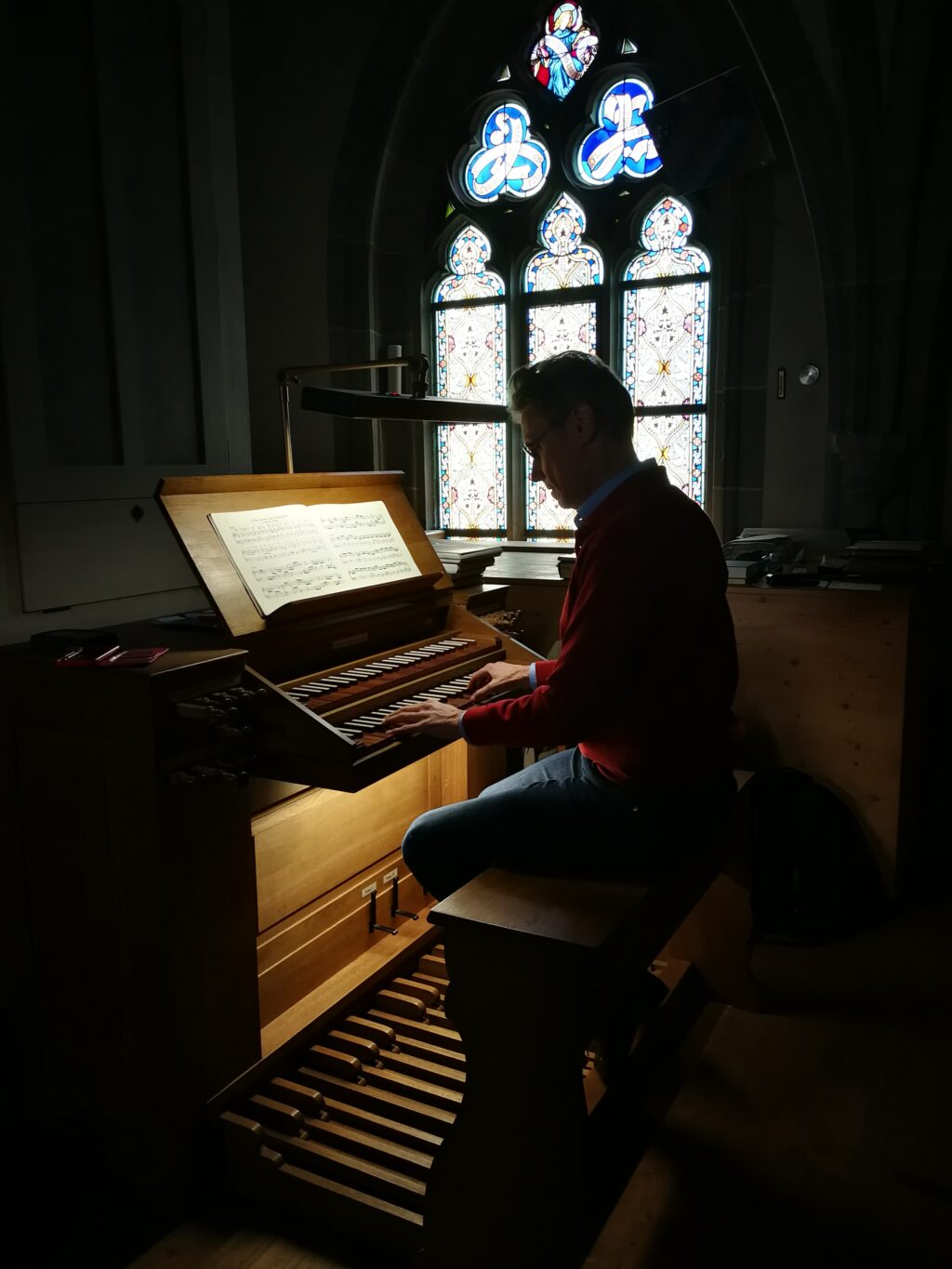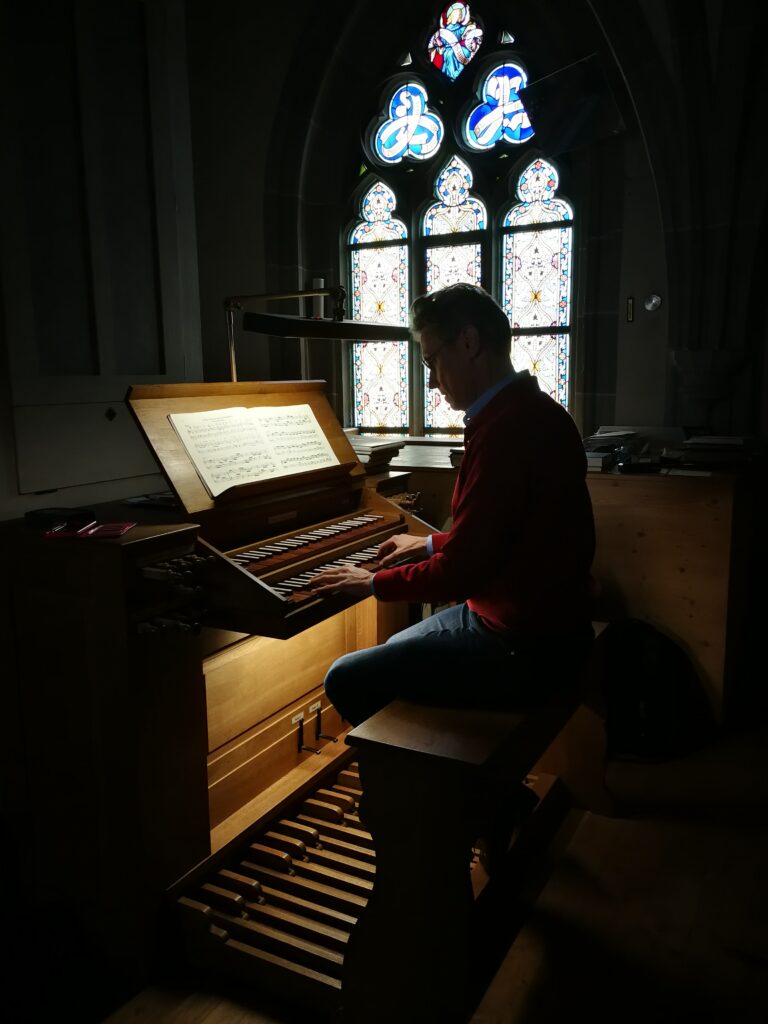Pipe Organ Basics: Getting Started at the Console

The pipe organ is one of the most versatile instruments ever invented and has been inspiring composers and players for centuries. If you’re inspired to start playing or composing for organ, read on to learn the pipe organ basics you need to know to dive in!

Locate a Pipe Organ
The first and most important thing to do as a beginner organist is to locate an organ to play. While there are still home organs available in the world, they are rare, expensive, and large. These are usually owned by serious musicians who are willing to invest thousands of dollars and a lot of space in their homes into their craft. Beginners should not worry about making this kind of purchase, and should instead look for a local organ in their community to learn on.
Many houses of worship are home to a pipe organ and may be willing to let interested parties play during non-service hours. They may ask for a small rental fee for your use of the space, but this will pale in comparison to the investment of purchasing your own organ. If you don’t have any local houses of worship or are unable to use them, try local universities or concert halls. You can also reach out to professional musicians in your community for leads.
Once you’ve found an organ to play, it’s time to familiarize yourself with the console.
Wait – the console? What’s that?
The console is mission control, from which the player controls all the playable functions of the instrument. It’s here that you’ll find the bench, manuals, pedals, stops, and built-in music stand. Learning to navigate this space is key to your success as an organist.
Benches are typically adjustable, so be sure to sit at a comfortable height. You’ll want to be able to reach all of the manuals, as well as the pedalboard while you’re playing.
Once you’re comfortably seated at the organ console, you’ll find yourself in front of a series of buttons and keyboards. The buttons, which can be pushed in and pulled out, are known as stops. Each is labeled with the name of the organ pipes that it affects, like the crumhorn or viola d’amore.
There are usually two or more keyboards on an organ, known as manuals. These correspond to different areas of the organ, and can sometimes be linked together to play multiple parts of the organ at the same time! As you become familiar with the instrument, you can experiment with different combinations of stops and manuals to find what works.
Tip: Just like for bowling, there are specialty shoes made for playing the organ! These shoes feature reduced traction and a prominent heel to facilitate easier playing.
Finding a Teacher of Pipe Organ Basics
Now that you’ve found an organ to play, and tested it out to make sure you’re really interested, it’s tine to find a teacher of pipe organ basics. Again, your local houses of worship, music departments at colleges and universities, and concert halls are great resources. The music professionals in these settings should be able to point you in the right direction. You can also search social media or the world wide web for pipe organ teachers in your area.
Another Approach
Alternately, you could find a teacher of pipe organ basics before locating an organ to play. Your teacher may have access to an instrument that you can learn on.
Practice, Practice, Practice
The familiar saying goes “How do you get to Carnegie Hall?”
“Practice, practice practice!”
There is a beautiful organ at Carnegie Hall, so you really can get there with dedication and hard work! Whatever your goals are with this musical journey, you now know some pipe organ basics to help you get started.
Collecting lots of organ music? Learn how to keep it organized and tidy!




